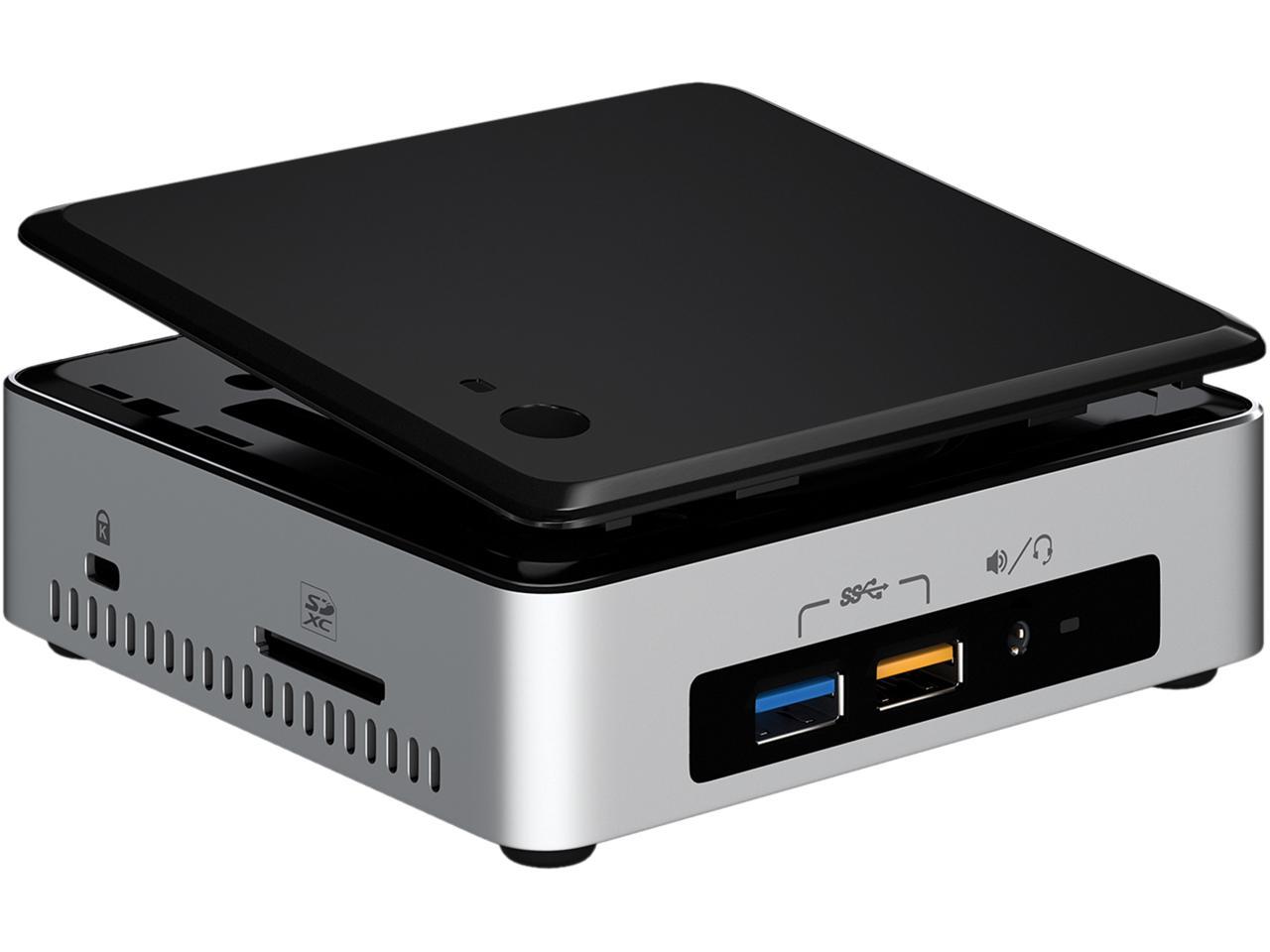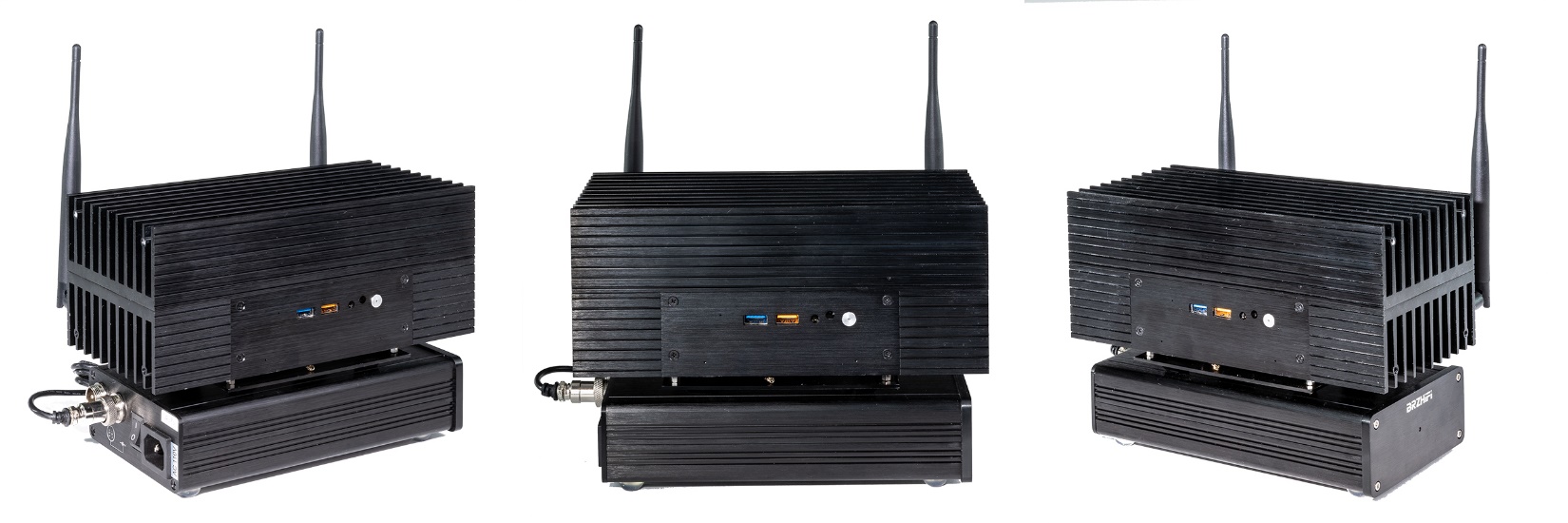Post by Chris on Aug 20, 2018 10:33:40 GMT -5
Many of you know that I am a long time Squeezebox user and proponent. I've been running the Squeezebox system for more than a dozen years and I still think it is the best when you consider price (free) and features.
In case you are new to all this, Squeezebox is the original streaming audio system that was targeted at organizing a users music on their computer and streaming to client devices (e.g. Squeezebox, Squeezebox Touch, etc.) in bit perfect audio. The Squeezebox system was invented by Sean Adams and his team at Slim Devices. Slim Devices was acquired by Logitech who produced two hardware devices - Squeezebox Duet and Squeezebox Touch. Logitech later stopped development of all hardware but keeps on staff one engineer who maintains the Squeezebox server software. One of the critical things the original Squeezebox team did right was make the software Open Source which has allowed enthusiastic fans to continue to extend the Squeezebox system without needing the blessing of Logitech who are still the owners of the original IP. Most recently, thanks to the Raspberry PI, there has been a flowering of DIY Squeezebox emulations (Squeezelite) including the fantastic PicorePlayer. This software when combined with a base Raspberry Pi computer ($35) and an add on DAC Hat (e.g Hifiberry, Justboom, etc) allow one to easily create a Squeezebox clone for less than $50 and exceeds the original Squeezebox hardware in specs by streaming up to 24 bit 192k via S/PDIF and even higher rates via USB.
So with this bit of history out of the way, where are we in 2018? Well, obviously there is a profusion of music streaming services from Apple to Tidal. For audiophiles only one of these services matters - Tidal. Tidal has aggressively supported CD quality streaming audio and most recently adopted the somewhat controversial MQA system. For many, this has become the beginning and end for their music streaming needs. But, for other audiophiles with legacy collections of CDs and digital music there is still a gap to be filled.
In 2018, in my opinion there are three major home audio streaming systems that matter - Squeezebox (Logitech Media Server, Free), Plex (Free, plus paid premium), and Roon Labs (paid).
I've already discussed Squeezebox. Plex is a major player in the home media streaming stage with an emphasis on Video streaming but also strong Music streaming features. For some even the more limited Music streaming features of Plex will be all they need. Plex has features that neither Squeezebox or Roon support including the ability to stream securely your entire media library both inside and outside your home.
We now turn our attention to the subject of this thread - Roon Labs.
Roon Labs released their first product Roon Core OS in 2015. Roon was built on the original Sooloos system that was briefly owned by Meridian if I remember correctly. Roon has quickly developed a large following and I would say many if not most audio reviewers have now adopted Roon as their music library manager of choice.
The key to Roon is that it is actively developed by a for profit company so it is very up to date and constantly being improved. It is a paid service ($119/year, $499 lifetime). The biggest barrier for Roon is the price. But when you compare to streaming services it is not out of line but of course you are supplying your own music! Once over that barrier, Roon is a revelation when it comes to organizing and actually getting more value out of your existing music collection. I think I can safely say you will enjoy and learn more about your existing music than you ever thought possible. In this case, Roon is a true revelation. Another benefit of the paid service is the wide adoption of partner devices that must now run in the hundreds by being "Roon Ready". Roon Ready means that a given device has the necessary code on board so that when you install it on your home network (ethernet, wifi) it will be recognized by the Roon system. I bet that some of you already have a Roon Ready device and don't even realize it. Devices such as the Chromecast Audio and Ultra products and the popular Oppo 203 and 205 Blu-ray players are Roon Ready.
Below is a graphic illustration of the Roon ecosystem. In my next post on this thread I will describe how I setup my own Roon Core OS system. I hope this thread can become a resource and catalyst for other DCHFG members who would like to implement a Roon system of their own.
Here is a link to a very recent review that might whet your appetite. Also, I would highly recommend listening to the John Darko podcast where they discuss Roon. And finally, John Darko has created a Roon walkthrough video.

In case you are new to all this, Squeezebox is the original streaming audio system that was targeted at organizing a users music on their computer and streaming to client devices (e.g. Squeezebox, Squeezebox Touch, etc.) in bit perfect audio. The Squeezebox system was invented by Sean Adams and his team at Slim Devices. Slim Devices was acquired by Logitech who produced two hardware devices - Squeezebox Duet and Squeezebox Touch. Logitech later stopped development of all hardware but keeps on staff one engineer who maintains the Squeezebox server software. One of the critical things the original Squeezebox team did right was make the software Open Source which has allowed enthusiastic fans to continue to extend the Squeezebox system without needing the blessing of Logitech who are still the owners of the original IP. Most recently, thanks to the Raspberry PI, there has been a flowering of DIY Squeezebox emulations (Squeezelite) including the fantastic PicorePlayer. This software when combined with a base Raspberry Pi computer ($35) and an add on DAC Hat (e.g Hifiberry, Justboom, etc) allow one to easily create a Squeezebox clone for less than $50 and exceeds the original Squeezebox hardware in specs by streaming up to 24 bit 192k via S/PDIF and even higher rates via USB.
So with this bit of history out of the way, where are we in 2018? Well, obviously there is a profusion of music streaming services from Apple to Tidal. For audiophiles only one of these services matters - Tidal. Tidal has aggressively supported CD quality streaming audio and most recently adopted the somewhat controversial MQA system. For many, this has become the beginning and end for their music streaming needs. But, for other audiophiles with legacy collections of CDs and digital music there is still a gap to be filled.
In 2018, in my opinion there are three major home audio streaming systems that matter - Squeezebox (Logitech Media Server, Free), Plex (Free, plus paid premium), and Roon Labs (paid).
I've already discussed Squeezebox. Plex is a major player in the home media streaming stage with an emphasis on Video streaming but also strong Music streaming features. For some even the more limited Music streaming features of Plex will be all they need. Plex has features that neither Squeezebox or Roon support including the ability to stream securely your entire media library both inside and outside your home.
We now turn our attention to the subject of this thread - Roon Labs.
Roon Labs released their first product Roon Core OS in 2015. Roon was built on the original Sooloos system that was briefly owned by Meridian if I remember correctly. Roon has quickly developed a large following and I would say many if not most audio reviewers have now adopted Roon as their music library manager of choice.
The key to Roon is that it is actively developed by a for profit company so it is very up to date and constantly being improved. It is a paid service ($119/year, $499 lifetime). The biggest barrier for Roon is the price. But when you compare to streaming services it is not out of line but of course you are supplying your own music! Once over that barrier, Roon is a revelation when it comes to organizing and actually getting more value out of your existing music collection. I think I can safely say you will enjoy and learn more about your existing music than you ever thought possible. In this case, Roon is a true revelation. Another benefit of the paid service is the wide adoption of partner devices that must now run in the hundreds by being "Roon Ready". Roon Ready means that a given device has the necessary code on board so that when you install it on your home network (ethernet, wifi) it will be recognized by the Roon system. I bet that some of you already have a Roon Ready device and don't even realize it. Devices such as the Chromecast Audio and Ultra products and the popular Oppo 203 and 205 Blu-ray players are Roon Ready.
Below is a graphic illustration of the Roon ecosystem. In my next post on this thread I will describe how I setup my own Roon Core OS system. I hope this thread can become a resource and catalyst for other DCHFG members who would like to implement a Roon system of their own.
Here is a link to a very recent review that might whet your appetite. Also, I would highly recommend listening to the John Darko podcast where they discuss Roon. And finally, John Darko has created a Roon walkthrough video.







